Huawei, a big Chinese telecommunications company, has sold millions of phones, both in its home market and in India, but it’s still an underdog in other markets. With the launch of the P20 Pro, the company is aiming to change that, and rightly so. The P20 Pro might not be the perfect blend of elegance and power, but it’s as powerful as the flagship models of Samsung, Apple, LG and the latest Google Pixel 2 XL.
The Huawei P20 Pro is similar to what we have come to expect from a typical Chinese phone – high end specifications coupled with an appealing design. And the P20 is no exception. Its subtle design details, contoured corners and IP67 certification for water and dust resistance coalesce into a product that is quite impressive.
Now, let’s see how it fares against Samsung Galaxy S9 Plus, Google Pixel 2 XL and Apple iPhone X.
Design
With glass on both front and back, the Huawei P20 Pro feels surprisingly solid and durable. While the design of P20 Pro is not as neat as the Samsung Galaxy S9 Plus and Apple iPhone X, it does offer an ergonomic upgrade from Google Pixel 2 XL. Measuring 6.1-inches, the P20 Pro has a slightly larger screen but is physically smaller.
The P20 Pro is also quite easy to hold. But, the glass surface at the back feels slippery. During my time with it, it did slip from my hands a couple of times. So, using a back cover is highly recommended. Another drawback of the phone is that its glass back is a fingerprint magnet. Like the Apple iPhone X, it too has a camera bump on its back that causes imbalance when the phone is put on a flat surface.
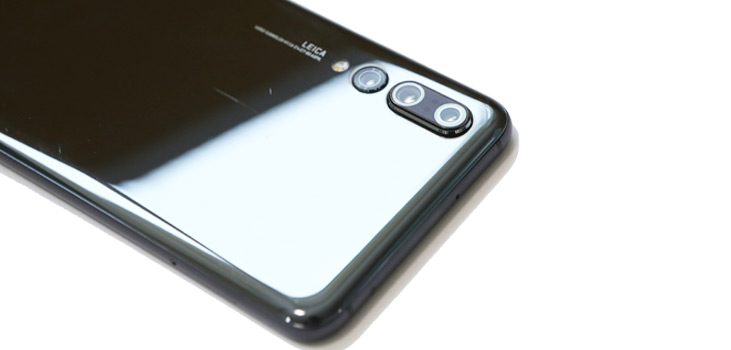
Most phone companies have either replaced fingerprint sensor with face id or shifted it to the back of the phone. But Huawei has retained the fingerprint sensor at the front of the phone – something that seems to be the right decision, at least for me, as it is fast and accurate and easy to use than the rear mounted ones. Many users will also appreciate the presence of a home button for exiting full-screen apps with a single tap – something which seems to be missing in other brands.
In terms of security, the fingerprint sensor is not the extent of it. The P20 Pro also has a Face Unlock feature, which relies on the 24MP front camera and unlocks the phone instantly in almost all circumstances. While Face Unlock system is fast, it’s not as secure as Apple’s Face ID in the iPhone X. The Face ID sensor system of the iPhone X is housed in the notch, which is the very reason for the existence of the notch. Face ID on iPhone X projects more than 30,000 invisible IR dots. The IR image and dot pattern are pushed through neural networks to create a mathematical model of your face, which is then sent to the secure enclave to confirm a match, while adapting to physical changes in appearance over time.
Display
Like other Android flagships launched this year, the P20 Pro also copies the notch at the top, for which it is bound to attract some criticism. But the P20 Pro can defend those criticism, as the company's EMUI software offers the option to disguise the notch at the top of the display – that is, if you are not happy about it.
The 6.1-inch, full HD+ display on the Huawei P20 Pro is excellent. There are also a bunch of colour modes to choose from, of which I really like the Natural one, which offers the right amount of saturation and vividness. And while the Google Pixel 2 XL display is polarising, the 6.2-inch Quad HD+ Curved Super AMOLED display in Galaxy S9 Plus is something that doesn’t need any introduction, for it’s the best screen that you can get on any Android phone. The iPhone X’s OLED is vivid, bright and sharp and is pleasant to the eyes. And as it happens, every OLED screen shifts colours off-axis, and the iPhone X is no exception.
Overall, the P20 Pro, iPhone X and the Galaxy S9 Plus can be used comfortably in bright outdoor conditions, and all three provide plenty of sharpness, contrast and accuracy. Similar to Apple’s True Tone tech, P20 Pro also adjusts colour temperature according to the ambient light around the phone.
Well, this is one of the most important sections of this piece, for cameras of P20 Pro are its biggest differentiating feature. There are a total of four cameras – three on the back and one on the front. There’s a 24MP selfie camera on the front, a 40MP f/1.8 main camera, a 20MP f/1.6 monochrome camera and an 8MP f/2.4 telephoto camera on the back. Overall, P20 Pro represents an image processing power of 92MP – a number not yet seen on any smartphone.
But that’s not all. Pro Pro has a trick up its sleeve in terms of camera or cameras. It makes smart use of all those pixels by combining four pixels into one, similarly to what Nokia previously did with its PureView cameras on the 808 and Lumia 1020. This technique helps to produce sharper, cleaner images at a lower resolution.
Users can still shoot 40MP images, but the default – and the highest quality – setting is limited to a 10MP shot with combined light information from the whole sensor.
Thanks to the large aperture in the P20 Pro’s main camera sensor, the phone gives astonishingly great low-light performance, which at times easily outshines even the 1.4μm pixels of the superb Google Pixel 2 camera. Image quality from the P20 Pro is the best we have seen on a Huawei device.
For instance, when I was clicking a picture of green leaves, the Master AI triggered the camera’s ‘greenery’ adjustments to further enhance the picture. Overall, Master AI intelligently applies subtle filters to all your shots to produce not perfect but pleasing images, something that Apple also does in the background while the processing the photos.
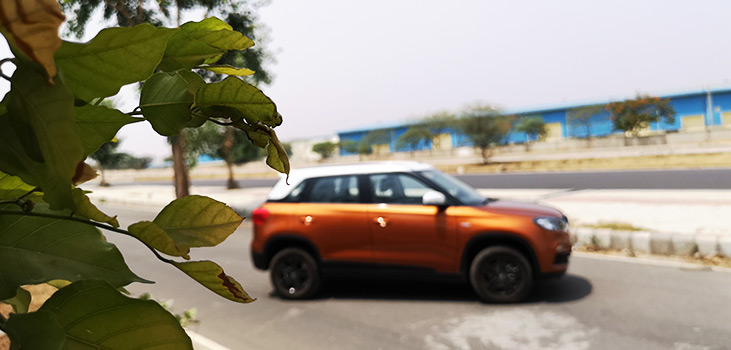
According to me, Huawei’s unique four camera system is slightly superior from Galaxy S9 Plus and iPhone X, however, personal choice for a specific feature may influence that decision. In comparison with Google Pixel 2 XL, the P20 Pro loses many small details to eliminate image noise, but with noise Pixel 2 offers a more realistic view of the scene captured.
Sample Image from Google Pixel 2
The P20 Pro can shoot panoramas, portraits, monochrome and burst of which monochrome worked wonderfully. The Pro mode allows you to manually tweak every possible parameter, but that’s hardly necessary, for you can completely rely on Master AI image algorithm for photos. Master AI is an image recognition system that instantly understands the circumstances of what you’re trying to capture and adjusts the camera’s processing accordingly.
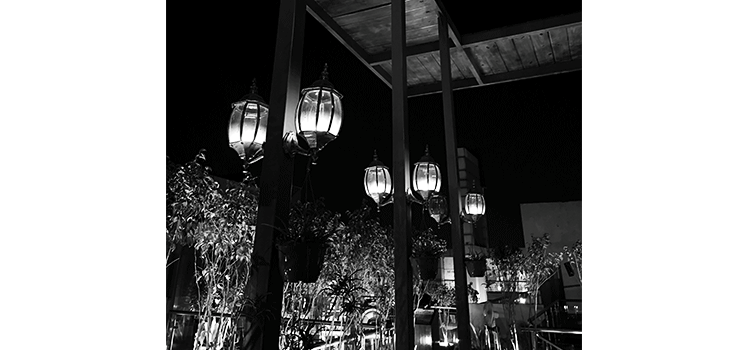
Other camera features include a 960fps super slow-mo at 720p and ‘studio lighting’ setting on the front-facing camera to create a dramatic look, but we recommend not to use it, for it’s not that great. The third camera on the P20 Pro is used to provide a 3x optical zoom or a 5x so-called hybrid zoom.
Huawei’s night mode in the P20 Pro exposes the shot for a full four seconds and manages to produce sharp image. There are no shutter delays on the P20 Pro, and the phone offers a seamless operation at all times.
Performance
Armed with the latest Android 8.1 Oreo software on board, the P20 Pro is more reliable than Galaxy S9 Plus and Pixel 2 XL, in terms of app crashes. And as with other devices, there is room for improvement in the P20 Pro as well. Huawei doesn’t offer the widely used shortcut of double-tapping the power button to open the camera. Instead, you have to configure that to the volume-down key, which is fine unless you’re listening to music, in which case you will end up turning the volume down.
Based on EMUI on top of Android Oreo, the Huawei’s custom skin has come a long way from being a copied iOS version to offer an enriching user experience, and the fact that EMUI’s reliability isn’t disappointing is a major step forward for Huawei.
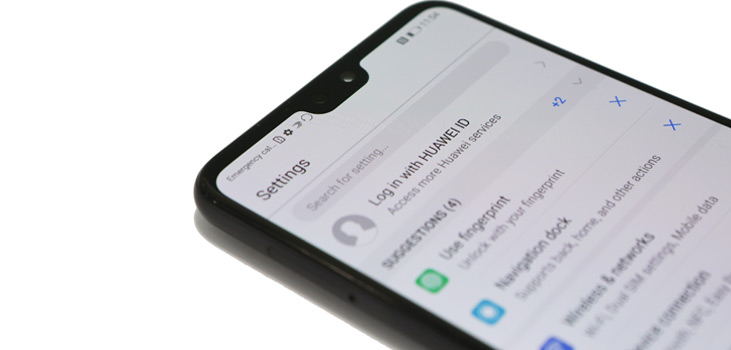
Similar to Samsung, Huawei now offers a feature called App Twin, which lets you run multiple instances of the same app, allowing you to log in to multiple accounts of the same social or messaging service. There is a split-screen and a sophisticated screenshot tool, too. The EMUI lock screen also allows for quick shortcuts, accessible by swiping up from the bottom.
The P20 Pro also shines in in terms of audio and battery life. The speaker can get really loud, which makes listening to podcasts on this phone really great. There is no headphone jack which is still an issue, however, Huawei supports LDAC for higher-bitrate Bluetooth streaming.
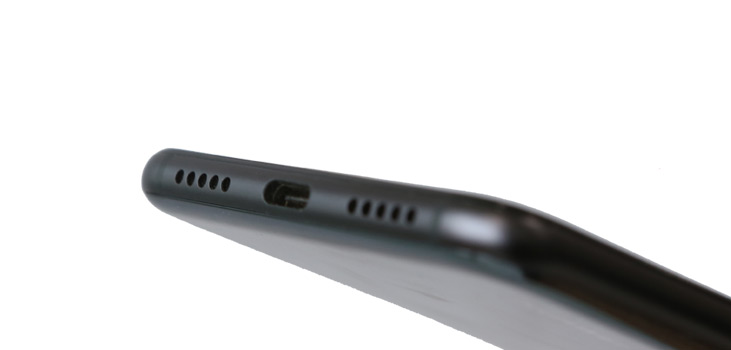
The 4,000mAh battery lasts for approximately one and a half day – it did for me, at least. There’s no wireless charging support, which will be a competitive disadvantage in 2018.
And while all of the above holds true for the P20 Pro, there are shortcomings too. For instance, the Huawei P20 Pro is not good in terms of GPS connectivity. Google Maps which has come a long way to help you locate routes and directions, using Maps on P20 Pro was a nightmare as the smartphone keep losing its connectivity. If it would have been happened to me once or twice, I would believe it could have been because of my internet connection, but the smartphone kept losing track of GPS, leaving me feel like living in 90s to find direction by asking people.
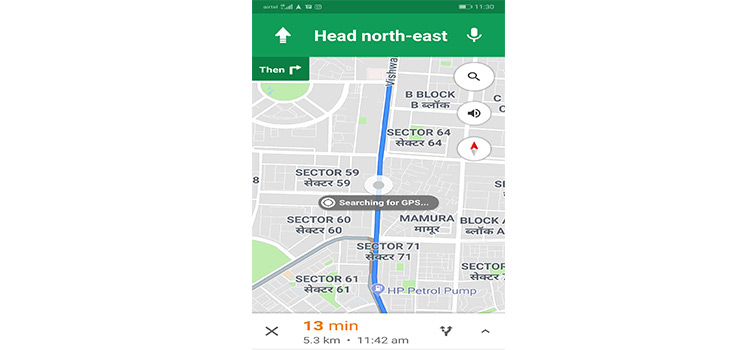
Another disappointment comes while playing games. When I played PUBG which is one of the best trending games currently, the performance of P20 Pro was not smooth and it felt sluggish and I was not ready to aim in time to shoot other players. However, P20 Pro rendered graphics beautifully. Similarly, when I was editing Instagram posts one by one, the P20 Pro got stuck and I had to restart it. This happened numerous times.
Conclusion
With great ergonomics, display and a capable camera, I prefer the P20 Pro over Samsung’s 2018 flagship. The comparisons against Apple’s iPhone X and Google’s Pixel 2 XL are still harder to make, as iPhone offers an entirely different ecosystem, and there’re very strong chances that you’ll make the Android-iOS choice before you decide on the device you have to buy. I still favour Pixel 2 on the strength of its camera and clean Android experience, but the P20 Pro beats it on every other aspect. Apart from Google, Apple and Samsung now have a one more competitor in the flagship phone supremacy battle.
Pros
Battery life, great camera system, elegant design
Cons
No headphone jack, no wireless charging
